What Is a Heat Recovery Ventilation Unit?
If HVAC is a concept you’re just beginning to get to grips with, then a heat recovery ventilation unit may sound alien to you. You may be wondering How does it work? What does it do? Do I need one?
In this blog, we will provide the answers to the question ‘What is a heat recovery ventilation unit?
With new buildings being made to be as energy efficient as possible, and the UK aiming for 95% of its electricity usage to be low carbon by 2030, it is imperative to understand how we can make the most of our ventilation. This is where heat recovery ventilation units come in.
To prevent mould, fresh air should constantly be introduced into your dwelling daily, as it helps to regulate temperature and reduce condensation. Introducing fresh air can be as simple as having a ventilation routine, or installing extractors or MVHR units. Almost all of this is facilitated by ducting.
At I-Sells, all things ventilation and ducting related is our speciality, and we are here to answer the questions we know are common for those new to HVAC and what it encompasses. .
What kinds of ventilation are there?
When it comes to domestic usage, there are a few forms of ventilation available that you may likely be using every single day. They are…
Extractor fans — These fans intake the air of the room that they are in, and work to remove humidity, smells, and stale air. They are mainly situated in bathrooms, wet rooms and kitchens. Additionally, cooker hoods are a form of extractor fans that focus on cooking related biproducts such as steam, smoke, and smells.
Bladed fan — The most basic form of ventilation. Available in handheld sizes to large self- turning models. They generate cool air by spinning blades on a motor at high speeds, which propels the air around it, creating the cooling feeling.
Windows and doors — It is mainly windows that are used for ventilation but doors can too. Windows allow fresh air to enter the home without having to leave the house. Faulty or old windows and doors can lead to unwanted drafts and rooms being colder than they should be.
Air conditioning units — Air conditioning units extracts and expels the air of the room it is in, and either cools or warms the air in accordance to the preference that the user has set.
Whole-house ventilation units — These are ventilation systems that extract indoor air whilst replacing it with filtered outdoor air. They can be applied into multiple rooms and all operate through a central system. These units are available with, or without heat recovery features.
What are the signs your home needs ventilating?
There are simple signs that can immediately tell you that your home needs ventilating, they are…
- Smells that linger even if you have cleaned up.
- Frequent dust buildup.
- The home is too humid.
- There is mould.
- Condensation buildup.
- The air inside does not feel fresh.
What is a heat recovery ventilation unit?
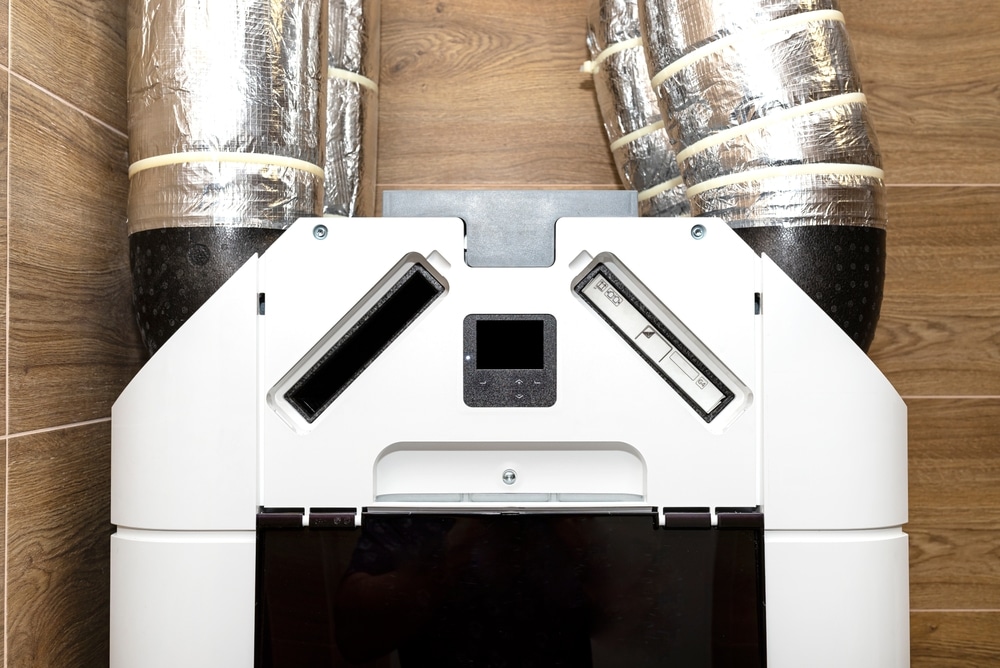
A heat recovery ventilation unit, also known as ‘MVHR’, which stands for ‘Mechanical Ventilation with Heat Recovery’ represents the next step in the evolution of domestic and commercial HVAC.
This advanced ventilation unit has the capabilities to not only ventilate the air of the area it inhabits, but it replaces it with filtered outdoor air, all whilst removing indoor humidity, without losing heat.
The result is that the area feels warmer, cleaner, and fresher. The space has reduced dust, allergens, and humidity, the latter of which is the key component to create the environment for mould.
Mould can easily spread once it develops in your home, and can cause a whole host of issues including illness and discomfort, and damage to your home.
What kind of heat recovery units are there?
Domestic heat recovery units are available as single-room, or multi-room units. The former of which would be in your kitchen, bathroom or wet room, whereas the latter is for the rooms and shared spaces of the house or building.
Additionally, there are also commercial heat recovery ventilation units available. These are the most complex systems available.
Heat recovery units — summary
You can summarise the benefits of heat recovery units as follows:
- Holds all the benefits of an extractor, including the removal of stale air, humidity and smells.
- It helps to prevent the cultivation of mould through the removal of humidity.
- Temperature sensors ensure that additional heat is not being added to the atmosphere of the home if it is already hot.
- Heat recovery systems take a lot of the burden from you conducting a ventilation routine. This is ideal for a vulnerable person.
- Less of a need to use your central heating frequently as the heat generated through your house is recycled through the heat recovery unit.
- The reduced use of heating as a result of the heat conservation granted by a heat recovery unit can help you save on energy bills.
How can I make a heat recovery ventilation unit more efficient?
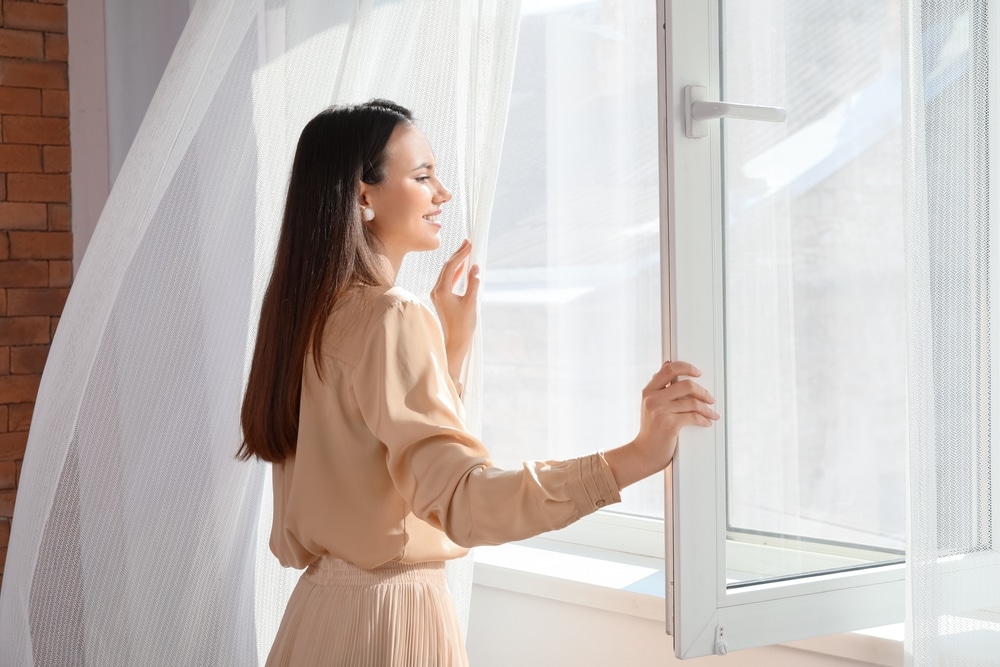
If you want the right environment to get the best from your heat recovery ventilation unit, we would recommend that you try the following options.
- If you haven’t already done this recently, updating your window glazing to double or triple glazing will ensure a greater level of heat retention.
- If it is a multi-room/whole house unit, do not install the central system in direct sunlight or in a warm area of the room it is based in.
- Follow the maintenance guidance for your specific model.
- Be sure to have the unit sized and balanced by a MVHR consultant.
- Ventilate the home manually routinely by opening multiple windows for 10-20 minutes on mild/hot days.
- Use ducting that is complementary to the system and your home layout.
- Remove any existing mould as much as possible, and ensure there are no leaks in the home.
- Ensure there are no drafts from old doors, windows or damage.
What happens if I use my central heating with heat recovery ventilation units?
Nothing will happen. You will continue to receive the fresh, filtered outdoor air with no loss of heat. Once your home reaches a certain temperature, your heat recovery ventilation unit will engage its summer bypass feature.
The summer bypass feature is designed to disengage the heat recovery capabilities until the temperature sensor realises the home has gone back to a colder climate. This can be especially handy on hot summer days, where you don’t want extra heat.
The heat recovery unit should not be used as a substitute for central heating, as it does not control temperature, it only maintains warmth until a certain threshold. The benefit of this however, is that you won’t need to have your central heating on as often because of the heat recovery ventilation unit.
That being said, if heat is being lost quicker than it is gained, the heat recovery ventilation system would be less effective, which is why it is important to insulate your home before installing one.
Invest in a heat recovery ventilation unit today
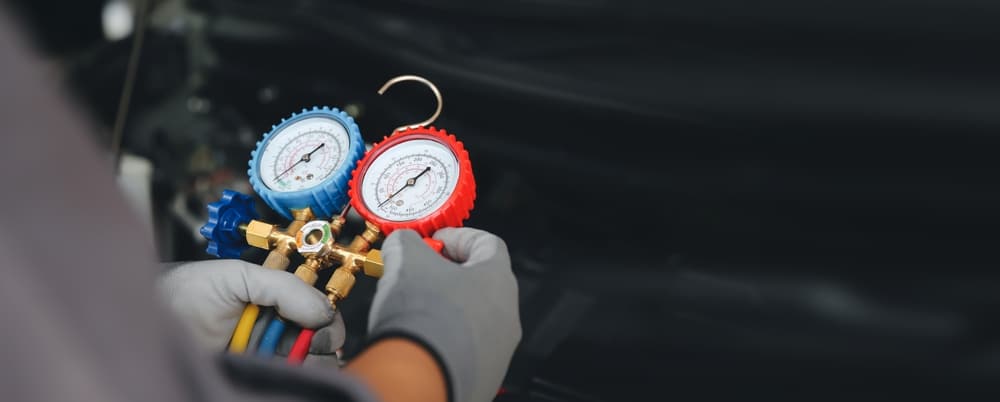
We at I-Sells endeavour to ensure our customers have all the information they require before investing in our mould solutions. Be sure to visit our blog page to learn about the vast array of factors and issues surrounding ventilation, mould, condensation, and much more.
We hope to have answered the question, ‘What is a heat recovery ventilation unit?’
We understand you may have more questions, do not hesitate to contact us for more information about whatever you need our help with. If you’d like to email us, click here. For other contact options, see below:
Call us on 020 8463 9696
Visit us at our showroom:
*OPENING TIMES*
Monday – Friday: 8:00 am to 5:30 pm
Saturday: 9:00 am to 12:00 pm
Sunday: Closed
15 St John’s Parade
Sidcup, Kent
DA14 6ES
United Kingdom

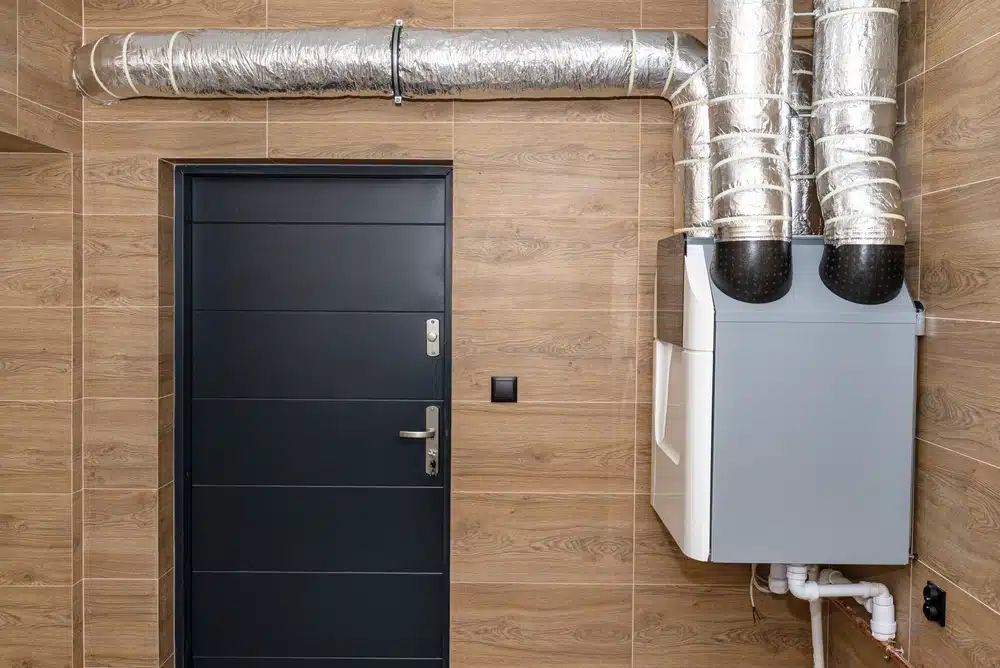

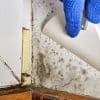


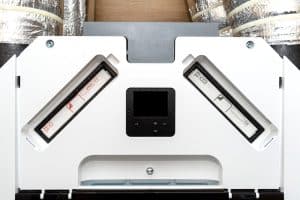
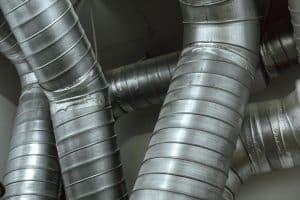





















Add comment
You must be logged in to post a comment.